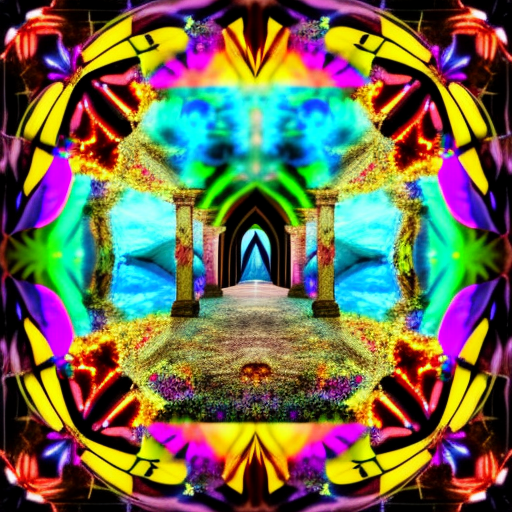Summary:
Through the Looking-Glass and What Alice Found There is a whimsical and imaginative novel written by Lewis Carroll. In this sequel to Alice’s Adventures in Wonderland, Alice steps through a mirror into a fantastical world where she encounters talking chess pieces, peculiar creatures, and absurd situations. Through her journey, Alice learns important lessons about identity, perception, and the nature of reality.
A Curious Journey Begins
The story begins with Alice sitting in her living room, bored and restless. She notices a large mirror on the wall and becomes intrigued by what might lie on the other side. As she steps through the looking-glass, she finds herself in a strange world where everything is reversed, and logic seems to have no place. Alice encounters a talking Red Queen, who challenges her to become a pawn in a giant chess game. Determined to become a queen herself, Alice embarks on a journey through the chessboard landscape, meeting peculiar characters along the way.
A Wonderland of Absurdity
As Alice navigates through the chessboard, she encounters a variety of whimsical and nonsensical situations. She meets talking flowers, a conceited Humpty Dumpty, and a White Knight who is constantly falling off his horse. Each encounter challenges Alice’s understanding of the world and forces her to question the rules of logic and reason. Carroll’s clever wordplay and imaginative scenarios create a sense of wonder and confusion, blurring the boundaries between reality and fantasy.
Reflections on Identity and Perception
Throughout her journey, Alice grapples with questions of identity and perception. In this topsy-turvy world, she often finds herself changing size, unable to maintain a consistent sense of self. Alice’s encounters with the Red Queen and the White Queen highlight the fluidity of identity and the arbitrary nature of power. Carroll uses these characters to explore the themes of authority, self-discovery, and the limitations of perception.
Alice’s experiences in the looking-glass world also challenge her preconceived notions of reality. She learns that things are not always as they seem and that appearances can be deceiving. The characters she encounters, such as the Cheshire Cat and the Mad Hatter, embody the idea that reality is subjective and can be shaped by individual perception. Carroll’s exploration of these themes invites readers to question their own understanding of the world and the role of perception in shaping their reality.
Key Takeaways:
- Alice’s journey through the looking-glass is a metaphor for self-discovery and the exploration of one’s identity.
- The book challenges the boundaries of logic and reason, inviting readers to question the nature of reality.
- Carroll’s wordplay and imaginative scenarios create a sense of wonder and confusion, blurring the lines between fantasy and reality.
“I can’t go back to yesterday because I was a different person then.”
– Lewis Carroll
Through the Looking-Glass and What Alice Found There is a delightful and thought-provoking novel that continues the whimsical adventures of Alice. Carroll’s imaginative storytelling and exploration of identity and perception make this book a timeless classic. Whether you are a child or an adult, this enchanting tale will transport you to a world where logic is turned on its head and imagination knows no bounds. So, step through the looking-glass and join Alice on her extraordinary journey of self-discovery and wonder.












